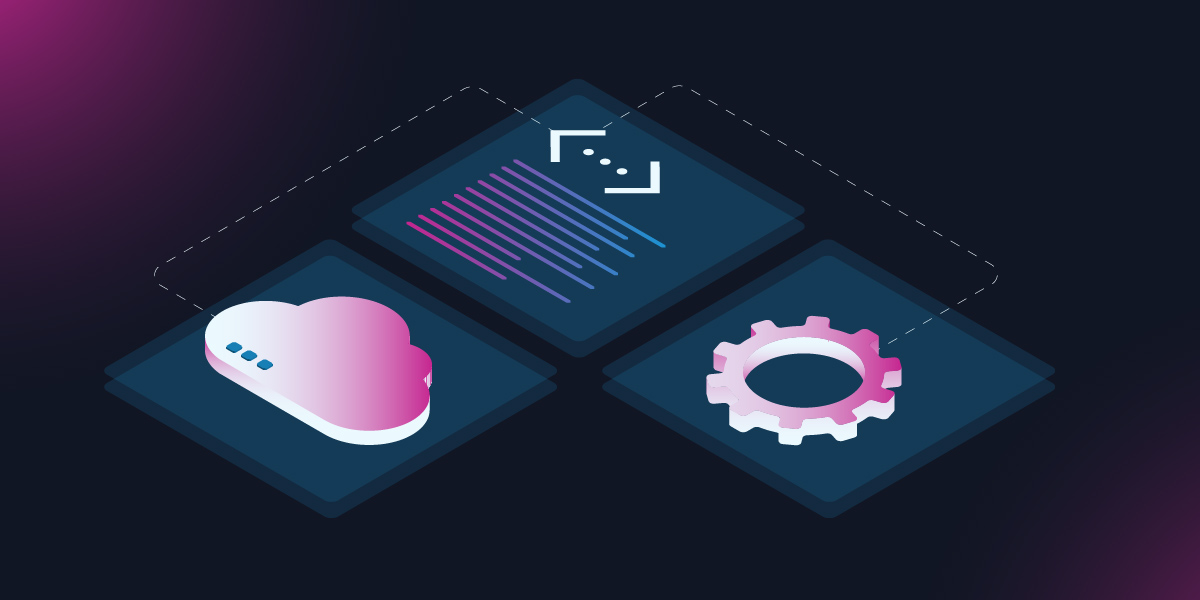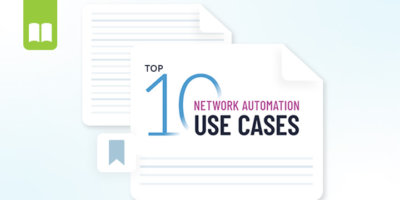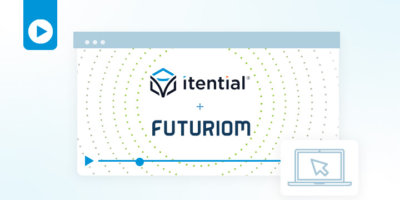I’m looking forward to a year that will undoubtedly be full of growth and innovation for networking, automation, and orchestration. The momentum to adopt network automation has been slow to evolve compared to other IT domains, but it’s been picking up in the past few years. It’s an exciting time to be in the networking field and to my friends in the network engineering and network operations fields, I’m sure you’re actively looking for ways to keep up with this growth. As enterprises focus on implementing network automation at scale, it’s transforming how you deploy, operate, and manage your networks.
Those of you who’ve seen this momentum growing may have already started to improve your skills, expanding beyond what we see as traditional networking, while some may not have started quite yet. In either case, there are three key areas you can invest in that will help lead network innovation efforts across your organization, and ultimately make you a more valuable network engineer as we move into a new era of networking.
Investing in Cloud Networking
Cloud networking is moving to become a real networking domain, requiring additional network team input and expertise. Initially, a network team’s interaction in a cloud platform was somewhere between minimal and nonexistent. This was by design — cloud providers have made it as simple as possible to roll out an application with very little network knowledge or planning.
However, as organizations deploy applications at greater scale in cloud environments, they start to hit limitations, which is where network expertise are needed. Network teams must engage with cloud teams to ensure proper network planning and implementation in the cloud environment and to implement and manage solutions for hybrid cloud and multi-cloud connectivity.
If you’re part of a NetOps team, invest time in learning to deploy, operate, and troubleshoot cloud networking services from the top providers — this targeted effort will pay off big as networking and cloud come together. Each cloud platform’s network services are slightly different, so by familiarizing yourself with the big three you’ll learn how to use each one to connect on-prem networks to cloud networks and connect cloud networks to other cloud networks. Over time, cloud networking will become another domain that network teams are experts at operating – and the experts of tomorrow are picking up key skills today.
Investing in DevOps Knowledge
When I say invest in DevOps, I’m not asking you to drop everything and become a proficient programmer. Historically, network teams were not required to understand how to write code, and you won’t be shifting to a full-on coder anytime soon. But network practitioners who have a solid understanding of DevOps-related technologies and principles will become invaluable in bridging the silo between DevOps and networking teams to become a NetDevOps team.
This isn’t as far-fetched as it sounds – modern network solutions are more programmable than ever before, making it easy for a DevOps team to automate. But expertise from the network team will always be needed to provide knowledge and best practices and ensure any changes made operate properly on the network.
Here are a few ways you can invest some time into learning about APIs, REST, and data formats:
- Familiarize yourself with APIs — what they are, how they work, OpenAPI as a standard. Then, investigate a published API from a network vendor and put all the pieces together.
- Learn about REST and using APIs with REST calls in very basic environments. This could be as simple as using a curl from a command line to make a basic API call into a system.
- To understand the output from those REST API calls, spend some time learning to understand common data formats like JSON and XML—how they’re formatted, how to read them, how to compose them.
- For real overachievers, look to gain a solid understanding of CI/CD practices and pipelines – it’s only a matter of time before networking finds itself at the CI/CD table too (in fact, some are already there).
Investing in Automation Skills
Automation is the fuel for the NetOps innovation engine, and network practitioners who are proficient at building automations are going to be in the driver’s seat leading the way into the future. This doesn’t mean you have to drop everything and learn to code, because there is already a fantastic ecosystem of tools and platforms available to help network engineers on this journey. The good news is that you don’t have to sacrifice every moment outside of work to build a new career as a programmer, but it does mean that you need to start investing in these tools and your time into learning how to use these tools to automate parts of your day-to-day.
How do you start? Find the right tool for the job, look for examples of how to use that tool, and start small. Start with building automations for simple show commands, then build your skills and find the confidence to tackle that backlog of repetitive CLI tasks that you do every single day (your fingers and sanity will thank you). As you develop your skills, your view of what can be automated will quickly expand, moving beyond single-domain network tasks to automating more complex processes across multiple network domains, and then eventually to integration with different IT systems that are critical elements of these processes.
How Itential Can Help You Adopt These New Skills
As you’re probably aware, network automation has gone from an aspiration to a ‘must-have’ for forward-looking organizations and investing in a few key skills will put you in an optimal position to help lead the network team into this new era.
As a company, Itential’s focus is to help NetOps teams become network automation experts. We meet you where you’re at and help you along your automation journey, no matter where you are. For network engineers just starting out, Itential’s low-code workflow canvas and library of Pre-Built Automations and Integrations will help get you started building automations quickly and easily.
For those of you who are already using tools like Ansible and Python for task-based network automation, you can continue to use the right tool for the job, because Itential’s platform can easily onboard your automations so they’re available on the same workflow canvas. (You can see how to accomplish this in this demo.)
You can learn more about what it takes to for NetOps teams to scale network automation in this eBook or if you’re ready to give our cloud-native platform a try for yourself, you can test drive it for free today.





